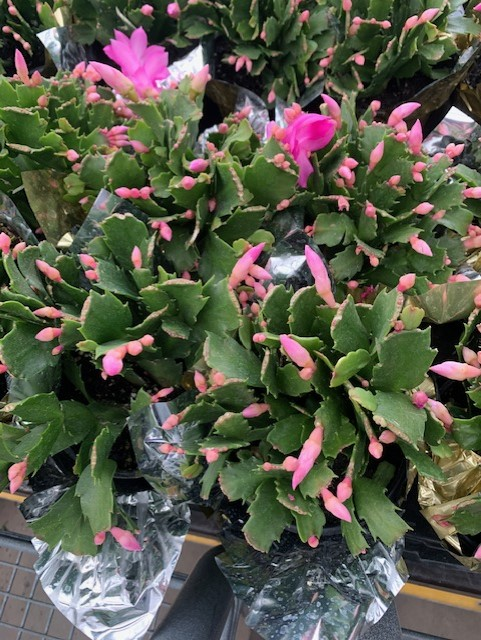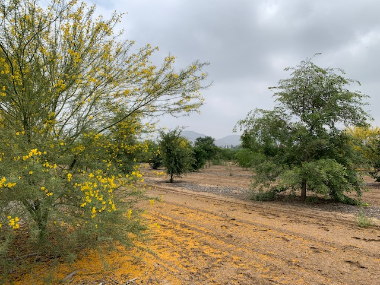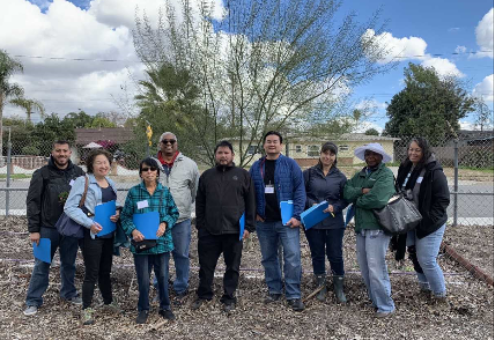- Author: Janet Hartin
Dear Community Members and UCCE Partners Throughout San Bernardino County,
I hope this finds all of you and your families well and staying healthy. Please note that, due to COVID-19 concerns, all UCCE San Bernardino County face-to-face program activities, classes, and other events scheduled through April 30, 2020 have been postponed, canceled, or converted to zoom meetings or other distance learning formats. However, our academics, program managers, and community educators remain on the job and available to assist you via phone and email. Volunteer Master Gardeners continue to address your home horticulture inquiries through their telephone (909)387-2182 and email helplines (mgsanbern@ucanr.edu).
Thank you for your understanding and your flexibility as we continue to provide research-based information in new and novel formats during this difficult time. Follow us on twitter (@MGPSanBern and @UCANRJHartin) and visit our website http://cesanbernardino.ucanr.edu/ for more updates including our Fiscal Year 2019/2020 Annual Report.
Have you ever thought about the parallel between preventive health care for people and integrated pest management (IPM) for plants? Both implement specific measures that reduce the risk of exposure to disease-causing organisms. According to experts, implementing preventive measures such as ‘physical distancing' (I prefer that term over ‘social distancing'), washing our hands thoroughly and regularly, covering our mouths when we cough, not touching our face, etc. greatly reduce our chance of contracting COVID-19.
In the plant world, IPM practices and principles that promote healthy plants greatly reduce the chance of damage from diseases and other pests. With a little extra time on your hands, implement these IPM practices for a healthier garden and landscape: match plants to their preferred climates and microclimates; select disease resistant plant varieties; provide well drained, healthy soil amended with compost and other organic products when appropriate; apply the right amount of water and nutrients at the right time, etc.
A ‘silver lining' of adopting these practices is that the need for pesticides is greatly reduced which keep our waterways clean, and preserves (and even enhances) populations of beneficial microbes, pollinators and wildlife.
Here are some other ‘silver linings' that I want to share with you in hopes they will provide some inspiration for you to ‘landscape greener' during what I hope is some extra downtime.
• Fewer vehicles on the roads has temporarily improved our air quality. With some extra time on our hands, we can all contribute to a more permanent solution by planting a tree or two! Trees store carbon dioxide that reduces pollution, cool urban heat islands, provide shade, reduce interior energy use and costs, provide habitat, connect us with nature, and beautify our neighborhoods. 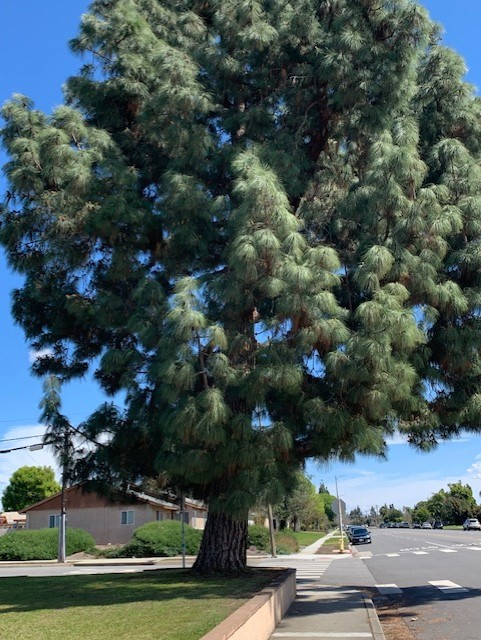
• Improve the health of your landscape trees by loosening tight tree stakes and ties and adjusting sprinklers to keep tree trunks dry. Your trees depend on you! 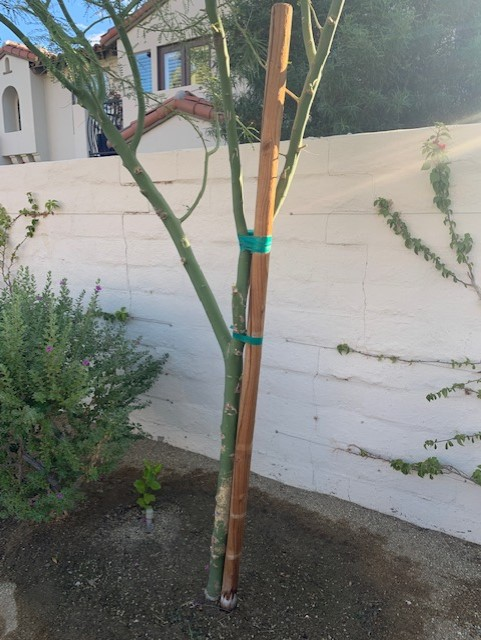
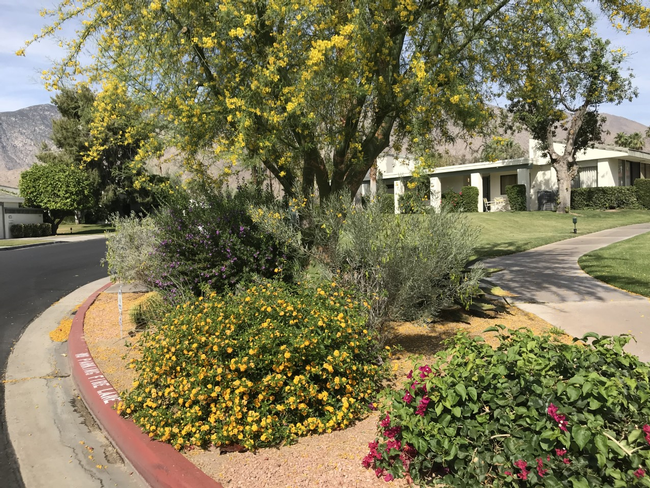
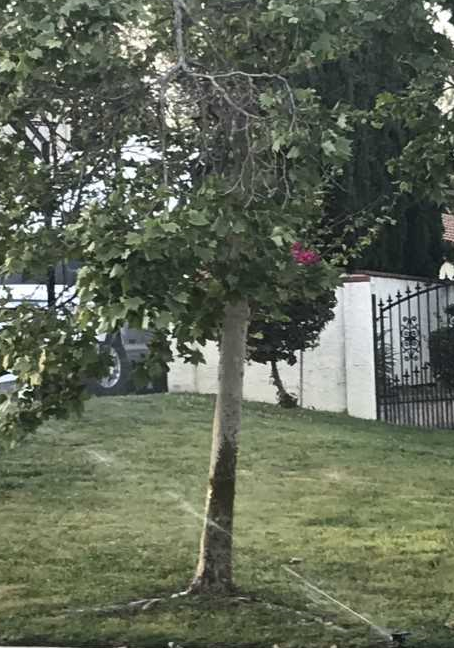
• Stay in touch with family, friends, and even co-workers at a distance via 'walking chats' that improve our physical health and even reduce stress by increasing the “feel good” hormone serotonin. Keep it up and it just might earn you a place in the “100 mile a month walking club.”
• With more time to catch up on reading, consider downloading free UC ANR publications such as: ‘Sustainable Landscaping in California' anrcatalog.ucanr.edu/pdf/8504.pdf that provides tips on water savings, use of soil amendments and mulch, reducing pesticide use, and more.
• More time on our hands provides an opportunity to stock our ‘little free library' with vegetable and flower seeds for our neighbors. Don't have an official ‘library'? Build your own ‘seed sharing box!' Or, donate seeds and plants to a local food bank or other non-profit.
I hope that you and your loved ones stay well and healthy! We will get through this together.
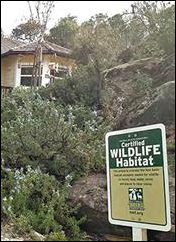
- Author: Janet Hartin
With only a few short weeks between Thanksgiving and Christmas and two very similarly looking plants, you may be wondering whether the gift a loved one gave you for Christmas is a Thanksgiving cactus or a Christmas cactus. (Many sold in local nurseries and large box stores this past Christmas season were actually Thanksgiving cactus, pictured below). While both are native to tropical regions of Brazil, host a wide array of flowers ranging from the more traditional pink hues to newer hybrids showing off white, red, yellow, and purple, they have different bloom periods. The Christmas cactus (Schlumbergera bridgesii), blooms about a month after the Thanksgiving cactus (S. truncata). The Christmas cactus also has slightly different projections on its leaves, which are more scalloped and less pointed that the projections on the Thanksgiving cactus.
Is yours still not in flower and not in the holiday spirit? Both species require cool temperatures and longer nights for about a month in advance of their flowering period. Both plants bloom optimally when grown outdoors when cool night temperatures dip`into the 50s and shorter nights reduce daytime light to 10 -12 hours in a 24 hour cycle. They can also be grown indoors in pots if kept in a cool dark area with no light between 5 pm and 8 am. During daytime, they prefer bright, indirect light. Full sun can cause the leaf segments to turn dark red.
Both species require good drainage but, even though they are in the cactus family don't let this fool you! They need adequate moisture - particularly during boom- and cannot make it through long, dry periods without supplemental water. Unlike most houseplants, they prefer to feel snug in their pots, almost to the point of enjoying being slightly pot-bound.
Cheers!
Janet
- Author: Janet Hartin
The University of California Cooperative Extension San Bernardino County Master Gardener program is now accepting applications for the October 1, 2019 - February 18, 2020 Master Gardener class on Tuesday evenings in Redlands. (There are no classes on Dec. 25 and Dec. 31.)
The class provides 50 hours of training on sustainable landscaping and growing food in home, backyard, and community gardens and is taught by University of California experts and knowledgeable practitioners. Master Gardeners come from all walks of life and no college degree is required. What successful applicants have in common is a passion for sharing knowledge gained from the training class with residents of San Bernardino County. Accepted applicants agree to volunteer a minimum of 50 hours by June 30, 2021 via one or more outreach methods: answering email and phone helpline questions; making presentations at workshops and community events; staffing information booths at Farmers Markets and other non-profit events; writing blogs and promoting the program via social media; working with communities and schools to develop gardens; and working with Healthy Communities throughout San Bernardino County to encourage outdoor exercise and activities. Accepted applicants must pass two open-book exams, present a group class project, and pass a background check (approximately $30). The class fee (includes training materials) is $175. Visit our UCCE Master Gardener website for more information and to complete an online application: UCCE San Bernardino County Master Gardener Website. Applications must be received through the online system by or on August 31, 2019 to be considered.
There is a hybrid partially online option for residents of the high desert and mountains. Simply select this option on the application if this pertains to you. All costs and requirements remain the same as for in-class students.
Questions? Contact UCCE Master Gardener Coordinator Maggie O'Neill at magoneill@ucanr.edu
We hope to hear from you!
MG SB Application 2020 Redlands
- Author: Janet Hartin
UC Cooperative Extension (UCCE) Master Gardeners of San Bernardino County are partnering with UCCE Area Environmental Horticulture Advisor Janet Hartin, the Chino Basin Water Conservation District (CBWCD), the United States Forest Service, and Mountain States Wholesale Nursery on two 'climate-ready landscape trees' studies. The goal of the projects is to identify tree species that will remain healthy under drought and higher temperatures in the greater Los Angeles basin. Twelve tree species that are native or non-native but adaptable to California conditions were selected for the study at UC Riverside (top photo) due to their expected potential to mitigate impacts of climate change. In addition, the potential ability of a four-inch layer of organic mulch to reduce soil evaporation and weed growth is being assessed on four of the twelve species in a second study at CBWCD in Montclair (bottom photo). Species included are Parkinsonia x Desert Museum (Desert Museum Palo Verde), Prosopis glandulosa 'Maverick' (Maverick Mesquite), Chilopsis lineris 'Bubba' (Desert Willow) and Pistacia 'Red Push' (Red Push Pistache). Trees were planted in late 2016 and received adequate irrigation for one year to assure adequate early growth. Irrigation was tapered off in 2017 and trees now receive no supplemental irrigation. The first round of results will be reported in December, 2019. Nine UCCE Master Gardeners are assisting in the CBWCD research project (bottom photo).
Follow this link to a recent story in the Orange County Register by Janet Hartin on the importance of planting shade trees today for tomorrow's future.Shade Trees Cool Urban Heat Islands.
'Think Green' for our children's children!

